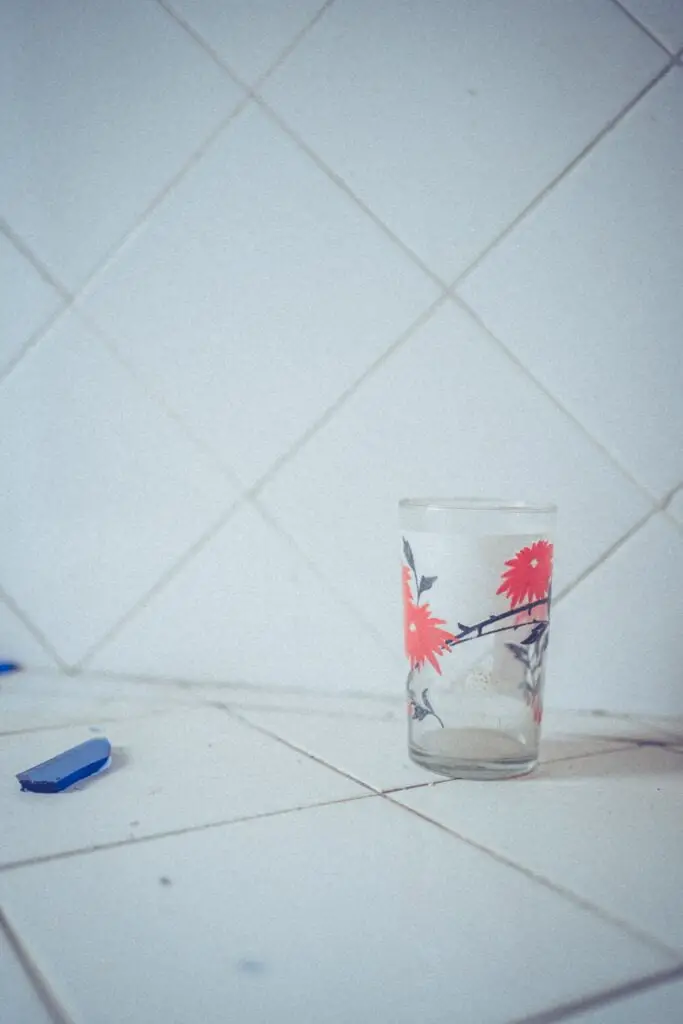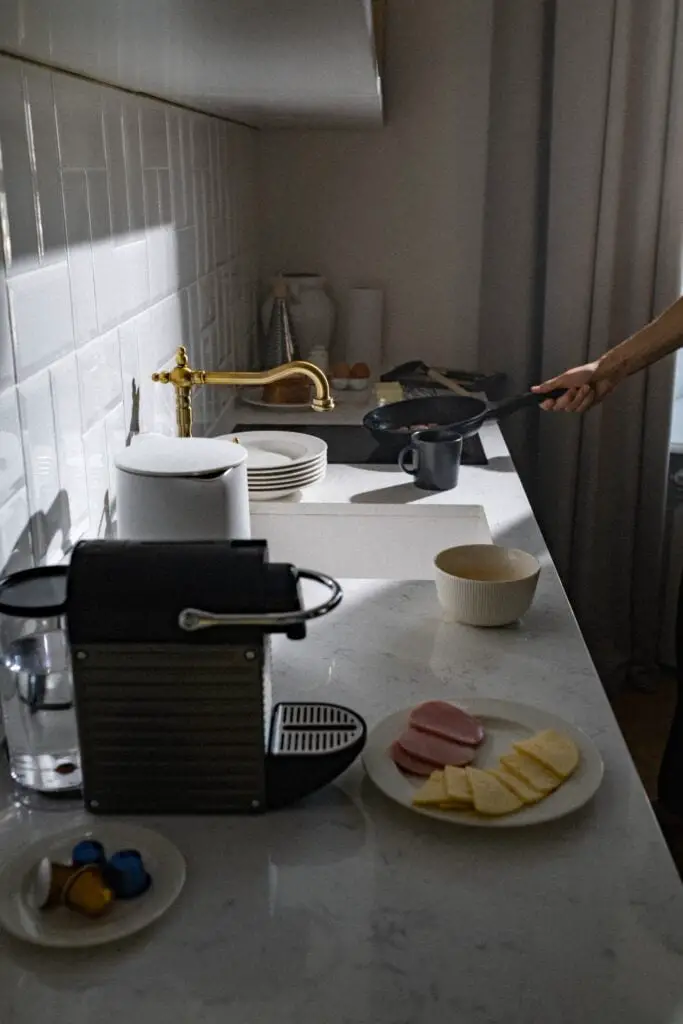It is critical to balance aesthetics and functionality when selecting the ideal floor tiles for a kitchen. How do you want to use the space on a daily basis, and how much wear and tear will the floor endure? You should also consider the location of your kitchen in your home, as well as other issues like as pets and children, since all of these aspects will effect how your floor is utilized and the foundation you require for your space.
WHAT IS THE BEST FLOOR FOR A KITCHEN?
Tiles are the greatest and most durable alternative for a kitchen floor when compared to other flooring options such as laminate, vinyl, and wood flooring. The type of tile chosen is determined by the purpose of the space and the amount of traffic it will encounter over time.

WHAT TYPE OF TILES ARE BEST FOR KITCHEN FLOOR?
The finest tiles for a kitchen floor would either be porcelain tiles or natural stone tiles, depending on how you use your kitchen space. Both of these choices are robust and long-lasting, so they can sustain significant wear over time.
However, our kitchen floor tile suggestion would be to stay away from natural stone if you spend a lot of time in the kitchen every day, such as if you’re an active baker, you let the kids help with the cooking, or you’re a little clumsy. Stone can be porous, and if it is not properly sealed and treated on a regular basis, it will eventually stain and leave marks.
WHAT IS THE EASIEST KITCHEN FLOOR TO KEEP CLEAN?
Since you don’t have to worry as much about your sealant or water stains being damaged, porcelain tiles are considerably simpler to clean than natural stone tiles. The majority of porcelain is micro sealed during production, making it extremely durable and low maintenance.
Given the use of the space, we would suggest choosing a mid-tone floor tile. This indicates that it won’t show up dirt as much as a light tile, but it also implies that it won’t show up oil stains, hair, or dust as much as a dark floor tile would. A darker grout color is also something we’d suggest; it will keep the area appearing cleaner for longer.
WOOD EFFECT TILES
Wood effect tiles, which mimic the appearance of genuine wood flooring, are a wonderful way to warm up your kitchen. While offering a tough and useful surface, the printed knots and grain give interest and texture to your room.
Depending on the style you wish to achieve, you can construct various laying patterns using the variety of tones and formats available. Additionally, matching grout colors are available, allowing you to create a wood floor that looks extremely authentic but is also scratch- and mark-resistant, making it ideal for homes with kids or pets.
CONCRETE EFFECT TILES
Mid-toned flooring has been discussed, and a grey concrete impression is ideal for this. When properly designed, it’s a really tough finish that looks well in both modern and more classic settings. For those seeking a minimalist or Scandi-inspired finish, the concrete appearance tile is a fantastic choice. You can warm it up by combining it with natural woods and warmer metals like polished brass or gold.

PATTERNED TILES
A patterned tile is unquestionably something to take into consideration if you want to up the wow factor. The pattern adds individuality and brightness to the room, and with the correct styling, it may work well with various interior design styles. If you choose the proper pattern, patterned tiles may also help a room appear larger and are wonderful for defining zones, which is crucial for a more open-concept living space. For example, by moving from patterned tiles to a wood look, you may divide the dining and kitchen spaces.
The possibility to expand your living space through bi-fold doors to truly open up your home and connect your room to the outside is available if you choose a porcelain tile that is suited for outdoor use. This increases your perception of space while also bringing you closer to nature, which encourages good health and makes your kitchen a calming and inspiring place to be.
UNDERFLOOR HEATING
The best kitchen floor tiles have been discussed, but the floor’s support system has not been covered. Underfloor heating is a truly excellent investment. It not only feels opulent all year long, but it can also be more affordable than traditional heating systems. You won’t need to burn up valuable space on radiators, which is especially helpful if you have a small kitchen or one that is located on the rear of a property that faces north.
So there you have it, porcelain is the greatest material for kitchen floor tiles, and underfloor heating should be used with them. If you want something with a bit more wow, open up your area with a lovely patterned tile instead. If your kitchen is constantly busy, try choosing a neutral grey tile with a deeper grout line.

